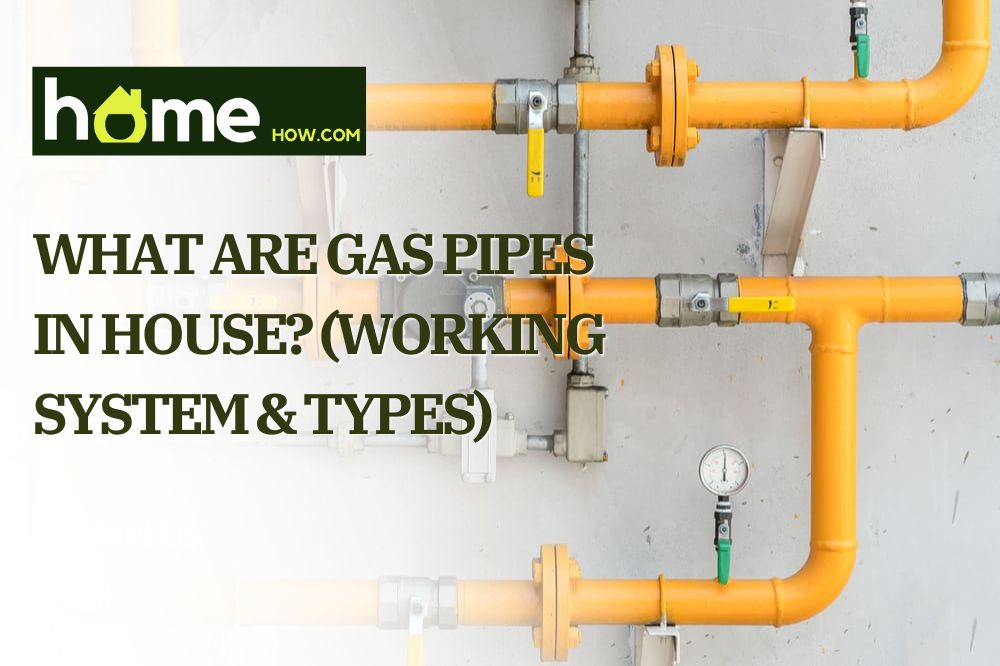Many of us depend on the gas that runs through our house for heating, cooking, or other uses. However, we do not always consider the pipes that carry this gas through the house from the source. So, where do gas pipes run in a house? Are they safe?
We will look at gas piping in a house, where it runs, and its manufacturing material. You will understand how this system works and whether or not you are making the most of the utilities.
Gas Pipes in a House: What They Are
Gas pipes, or a gas supply line, are the supply lines through which the natural gas flows into the house from the main source outside the house. The gas furnaces and water heaters get their gas supply from there. The same applies to the cooking ranges that use natural gas.
The gas pipes that run in your house are not the only piping system that makes gas supply to the house possible. Any time you turn on the heating system, furnace, or gas ranges, the gas travels through many natural gas pipelines before entering the pipes in your house.
The pressure of the gas as it travels from the gas company is high, but the distance it takes to reach your house minimizes the pressure. So, the pressure drops the closer the gas gets to your house. Otherwise, it may puncture the pipes embedded in the walls and cause excessive damage.
Most houses have gas meters behind or beside the house, and once the meter is on, the main gas pipe starts the journey within the house. The main gas pipe may be in the attic, but newer homes may have it in another location. The house’s blueprint should indicate where the pipe is for proper inspection.
This pipe is responsible for supplying the natural gas to the smaller pipes within the house before the gas reaches the gas-powered appliances. The same rule and supply system applies to other types of gas in your house, including propane gas. However, propane tanks on your property supply the propane gas for the house instead of gas pipes along the streets.
Gas Pipes: Where Do They Run in a House?
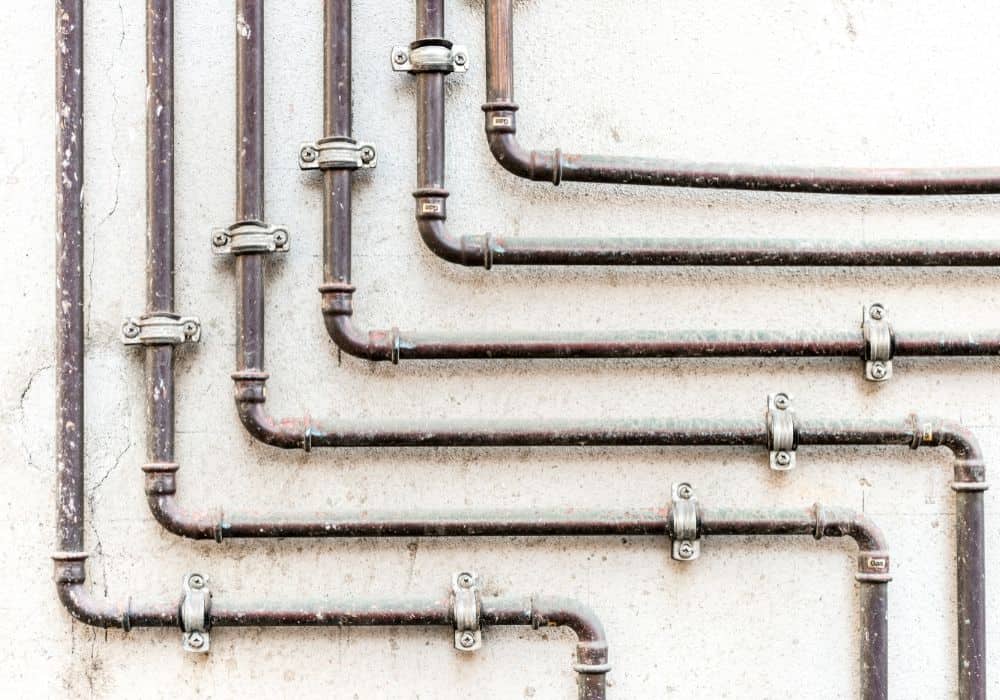
Different contractors lay gas pipes differently, but most lay the pipes inside the house walls. They connect them to the main source, usually under the ground, before channeling it through the house. It is easy to connect them to individual appliances through the walls, so contractors install a valve to connect the gas to every gas appliance.
In some cases, you may find gas pipes outside the walls, but these pipes may feed external appliances or serve other purposes. Putting gas pipes outside the house exposes them to the elements and corrosion, which may prematurely degrade them. Natural gas pipes typically run inside the walls.
The gas uses pressure to run through the piping system to reach the usage point. It flows as if it is on a highway, but it never increases the pressure past the safe point. That is why you hardly ever have an issue when you need to use the furnace, heater, gas stove, or any appliance that uses natural gas.
The depth of the gas pipes in the house’s walls depends on the city, state, and country. Typically, countries have a minimum requirement for the depth of these pipes in the walls, so you must check the regulations to determine which applies to you. In addition, the contractor’s building plan and point of access can significantly affect the depth of the pipes in the walls.
In the United States, 500 mm is the minimum depth for laying gas pipes in a house. That means it can go deeper but must not be less than this authorized minimum depth. Australia stipulates that the depth for gas pipes in a house must be between 200 and 600 mm, while the United Kingdom regulates the depth between 375 and 700 mm.
Finding the Gas Pipes in a House
It is pretty straightforward to locate the gas pipes in a house you built, or that belongs to you. One way to do that is to ask the contractor for a copy of the design and specifications on where the pipes are. Another way is to check the blueprint yourself and find the pipes.
However, if the house does not originally belong to you, it may be a little difficult to find the pipes. This is especially true if there are no blueprints to indicate the exact locations of the pipes. You might ask the previous owners, but there is no guarantee you will get what you need.
So, how do you find the gas pipes in a house in case of a leak or required repairs? As mentioned, the pipes may lie underground or within the walls. Find the gas meter around the house, and trace the pipes from there.
You can tell which walls hold the pipes by tracing them from the meter. It is important to note that exposing the pipes within the walls is tricky business. It may require breaking or drilling holes in the walls, which may affect the pipes, possibly causing an explosion. Therefore, let a qualified contractor expose them in times of repairs to avoid any damage.
If the pipes are underground, you must also locate the gas meter to find them. The pipes should run between the meter and prime and find the pipe system under the ground. If you are unsure, have a professional check the gas meter and help you trace the piping system to determine the exact location of the pipes.
Types of Gas Pipes in a House
Not every manufacturing material is fit for making pipes that carry gas in your house. Also, a few factors affect the pipe materials for the house, such as the area you live in and when you built the house. Additionally, the installation company can determine the material used for the pipes.
However, common piping materials, such as copper, PVC, and corrugated stainless steel, do the job well. Others are HDPE, galvanized steel, and black iron. The types of gas piping have unique qualities that make it ideal for conveying gas from one point to another.
1. Copper Piping
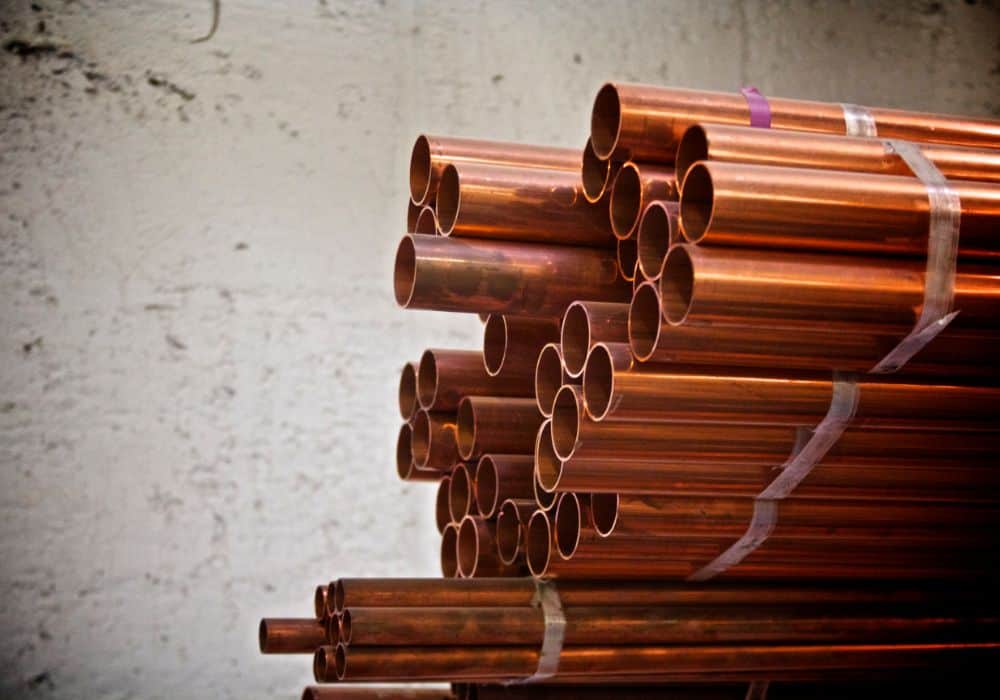
For many years, copper was the popular choice for manufacturing gas pipes. This material is usually pure, without mixing other metals. It was the ideal choice because of its ability to withstand extreme heat since gas pressure can build heat.
Also, it does not rust and is highly malleable, which means you can fit it anywhere. But copper tends to last only about twenty years because it quickly corrodes, especially when it comes in contact with gases such as sulfur dioxide and carbon dioxide. Consequently, it is not as popular for gas piping as it used to be.
2. PVC Piping
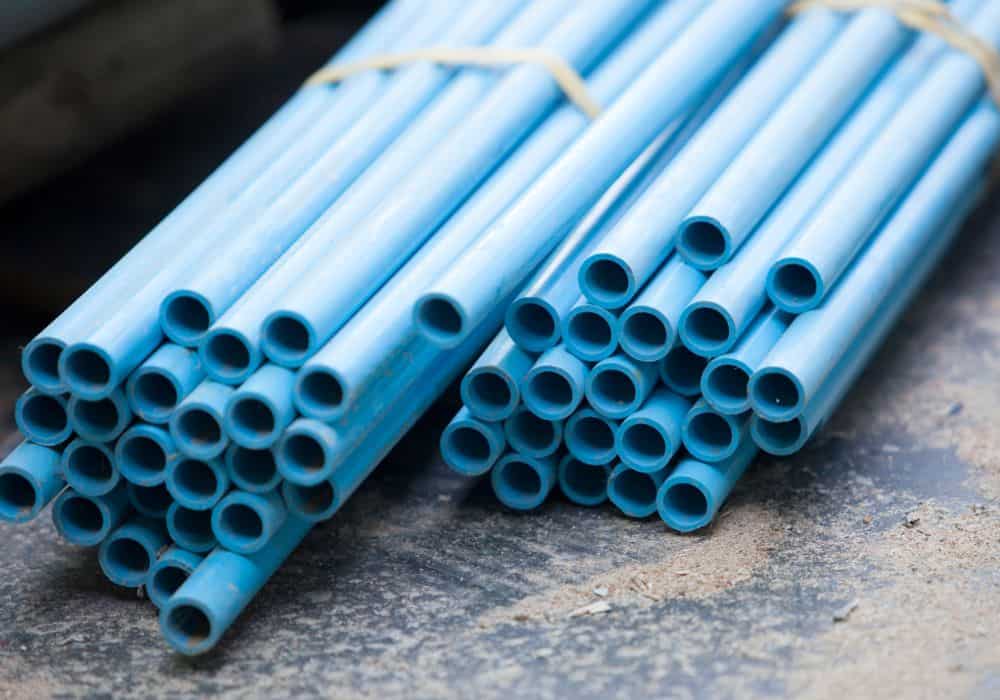
Polyvinyl chloride (PVC) material is popular for underground or exterior gas pipes. The reason is that it can withstand corrosion, so exposure is not an issue. Another vital aspect is that it is more affordable than other materials, so contractors are always happy to use it.
However, it is not always the ideal choice for every house type or area because of its brittleness. PVC easily breaks, especially during gas line installation. So, you may want to let a professional contractor decide which material works best for underground and in-the-wall pipes replacement.
3. Corrugated Iron Steel Piping
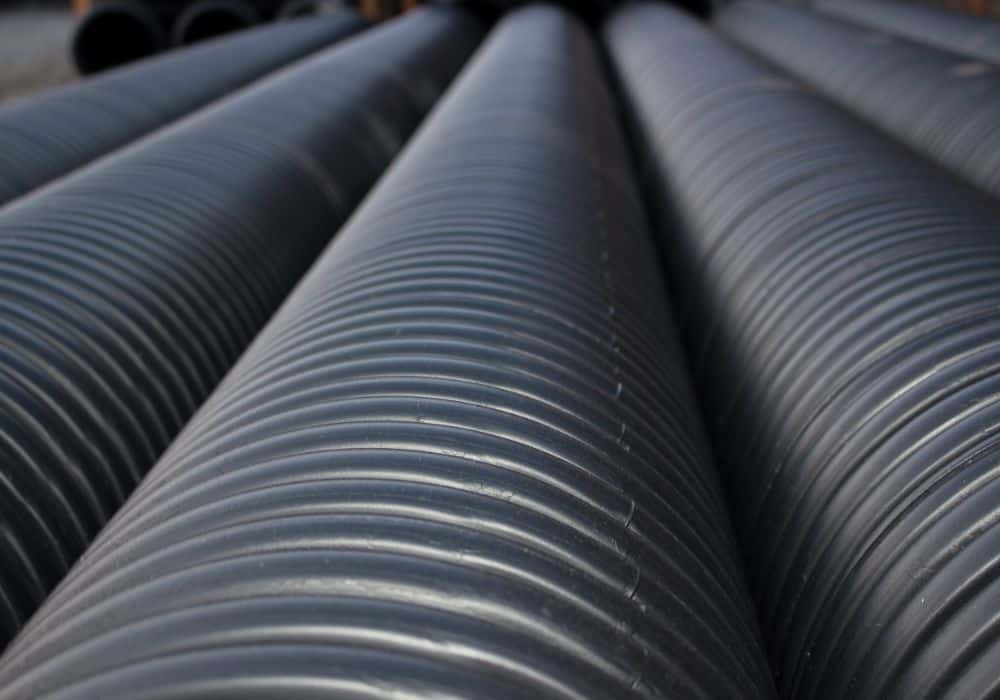
This type of steel piping is one of the strongest materials for gas pipes. It is popular with builders because it can withstand extreme weather and natural disasters. So, you may find corrugated stainless steel tubing in areas that experience disasters, such as wind and rainstorms.
On the other hand, the iron pipe may need more attention and repairs than other piping materials because it tends to crack with time. Also, a poorly-grounded one is likely to cause a fire if there is a lightning storm.
4. HDPE
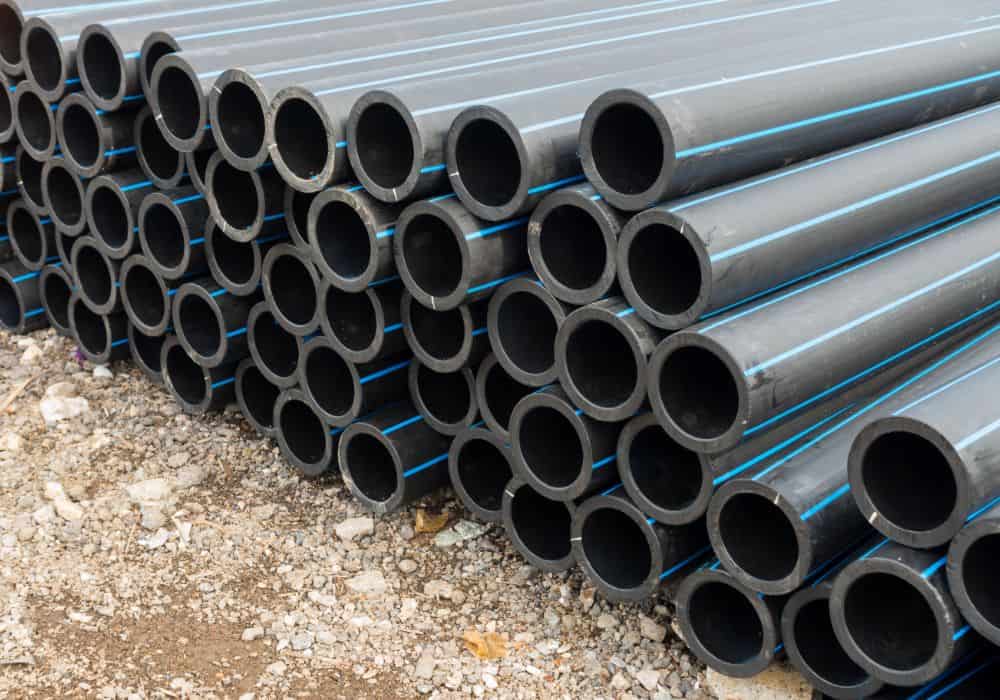
Like the polyvinyl chloride (PVC) piping material, HDPE is affordable and consequently a favorite with contractors. If you know any distinguishing markers, you may find as many HDPE pipes as PVC ones. This is especially true if you inspect outdoor gas pipes.
The type of piping material is also flexible and can fit into any area. But it does not last long because it typically breaks if you roughly handle it. The material will likely be damaged while underground or on the exterior walls, requiring regular maintenance.
5. Galvanized Steel Piping
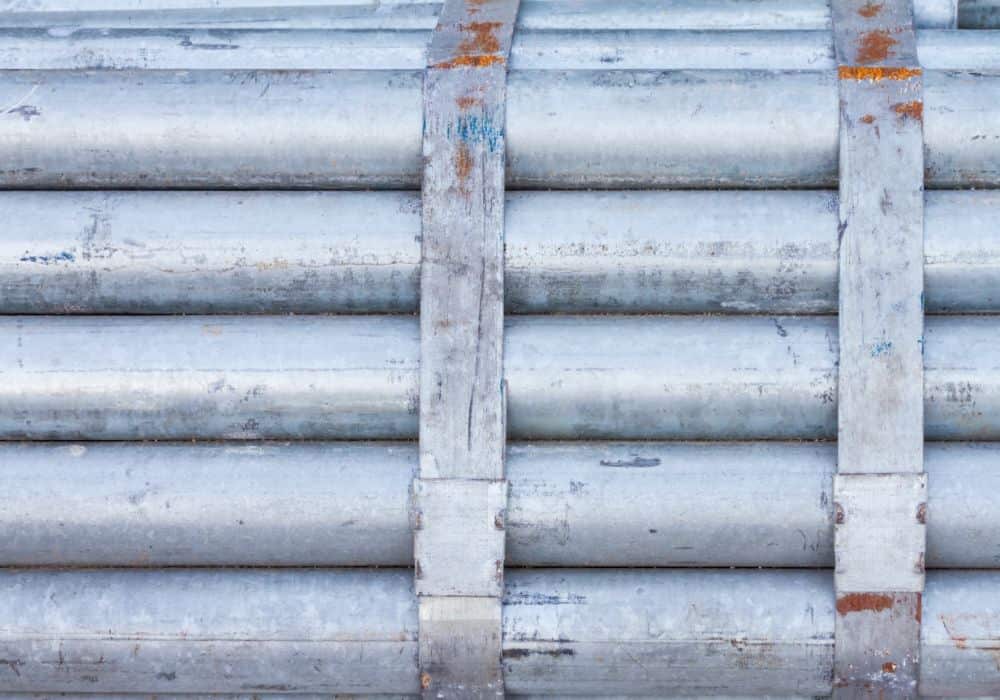
Galvanized steel gas piping was popular, like copper piping. So, you may find it in old homes, where you will find the piping material running inside and outside the house. A few new houses may use it because of its durability, although it may be expensive to install.
Newer constructions will not likely use this piping material for gas pipes because it is heavy and takes too long to install. Nevertheless, it lasts long and is energy-efficient, making it ideal for almost any area or region.
6. Black Iron Piping
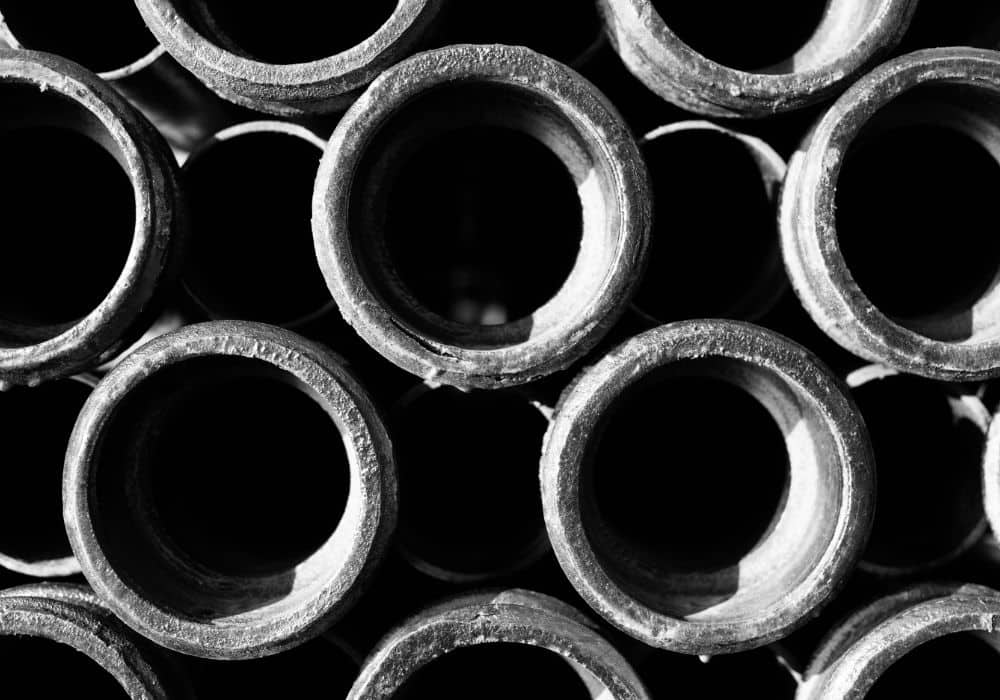
Black iron pipes are strong but prone to corrosion due to moisture. It was popular before the 1970s, and builders used it for exterior gas pipes. In other words, this piping material may leak over time, especially if you live in a highly humid area.
Conclusion
Knowing where the gas pipes run in your house is crucial for repair and maintenance purposes. Also, it is best to know their location when there is a suspicion of a gas leak. That way, it does not take too long to find and fix the leaks before they cause any significant damage.
